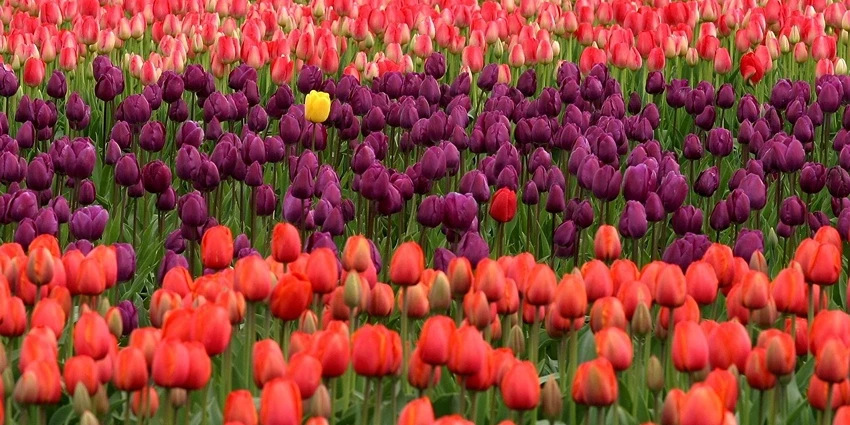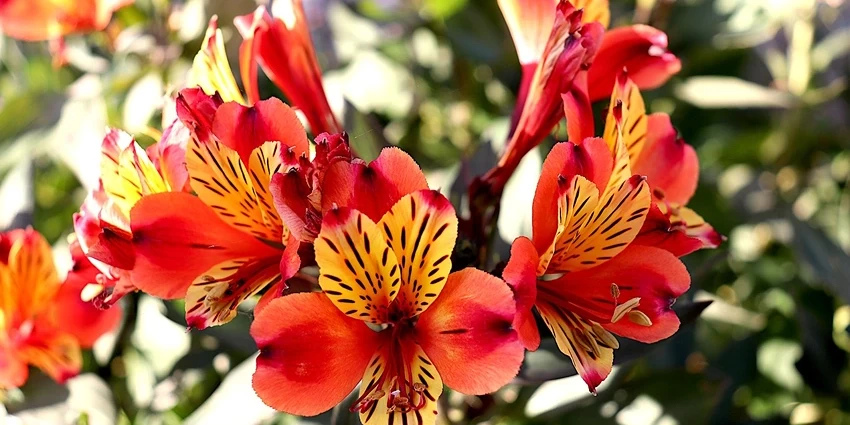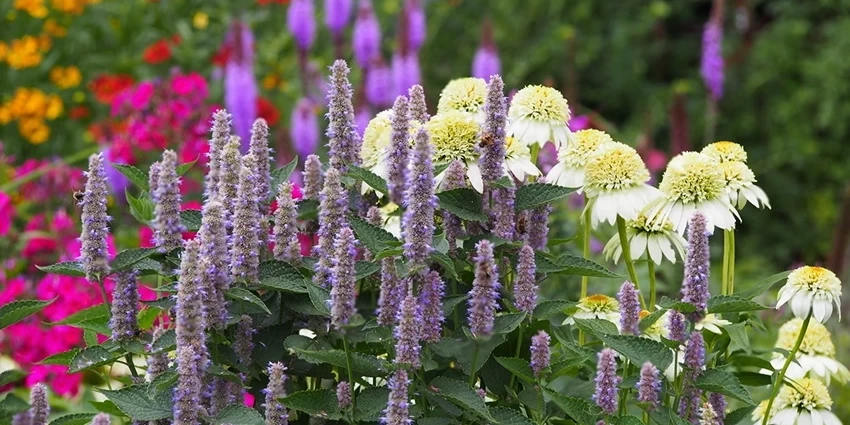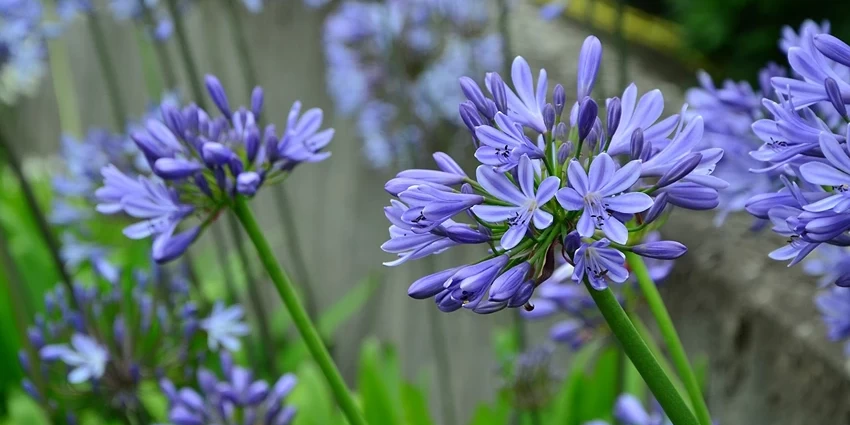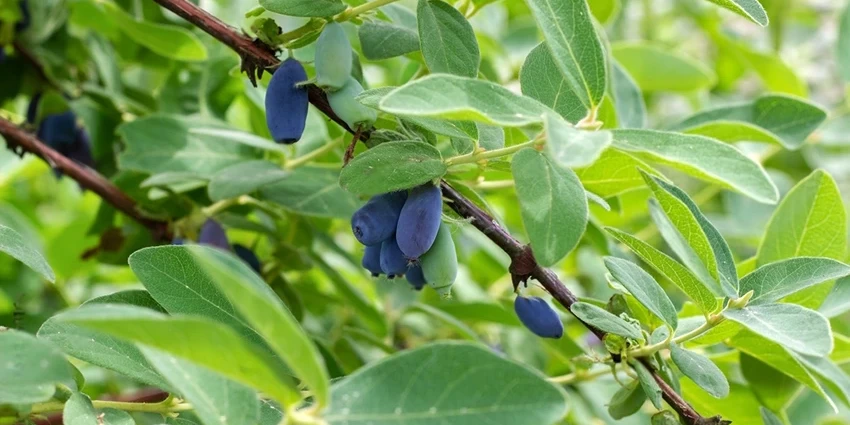All products were chosen independently by our editorial team. This review contains affiliate links and we may receive a commission for purchases made. Please read our affiliates FAQ page to find out more.
Home » How to » Grow Plants » Tulips After Flowering: A Guide to Keeping the Blooms Coming
Ah, tulips! Those vibrant heralds of spring, bursting with color and life. But what happens when the petals fall, and the blooms fade? Fear not, fellow plant lovers, for the story of tulips doesn’t end with the last blossom. Let’s dive into the world of post-flowering tulip care, a journey as rewarding as the bloom itself.
What to do with tulips after flowering
After tulips finish flowering, allow the foliage to wither naturally to replenish bulbs. Deadhead spent blooms but leave the stems until they turn yellow. Avoid cutting too early, as this allows the bulb to store energy for the next season. In the UK, proper post-flowering care ensures robust tulips for years to come.
Register for our latest in-depth reviews and product round-ups from the experts.
Enter your email address below to receive our monthly review emails.
By entering your details, you are agreeing to our terms and conditions and privacy policy. You can unsubscribe at any time.
Tulip Care Post-Flowering: Why It Matters
After the tulip show ends, it’s tempting to turn our attention elsewhere. But hold up! The post-bloom phase is crucial. It’s when tulips recharge for their next performance. Think of it as the backstage prep for next year’s show-stopping number.
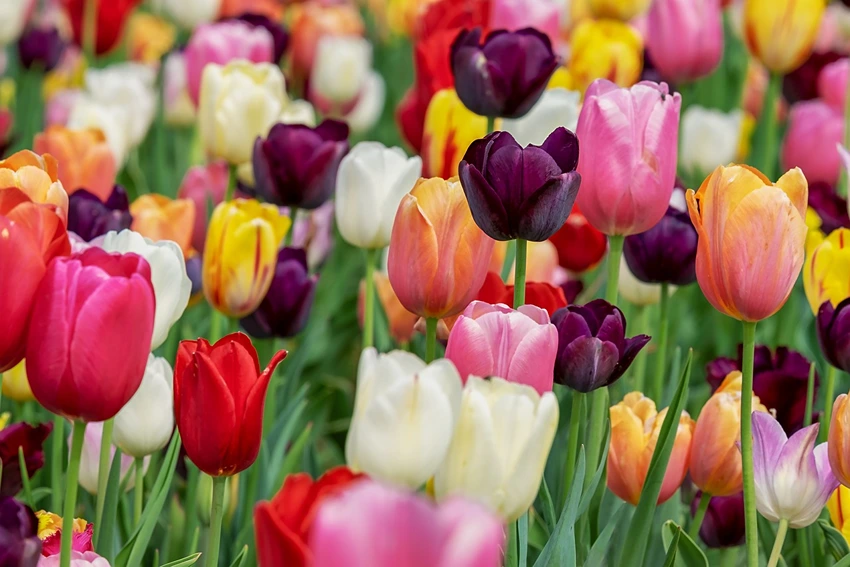
Removing Seed Heads: The First Step
- Why Remove Seed Heads: Once tulips have bloomed, they may start producing seeds. This process can sap energy that could be used for next year’s blooms.
- How to Do It: Snip off the faded flowers, but leave the stem and leaves intact. This simple act can make a world of difference.
Foliage Management: A Waiting Game
- Letting Leaves Yellow: After flowering, tulip leaves will gradually turn yellow. This is a good thing! It means they’re sending nutrients back to the bulb.
- Patience is Key: Resist the urge to cut back the foliage until it’s completely yellowed and dies back naturally. It’s all about giving your tulips the energy boost they need.
Lifting and Storing Bulbs: Not Always Necessary, But Sometimes Wise
- To Lift or Not to Lift: In some climates, you can leave tulip bulbs in the ground year-round. In others, lifting them is essential to prevent rotting or pest damage.
- The Lifting Process: If you need to lift your bulbs, do it once the foliage has died back. Gently dig around the bulbs, lift them, and brush off excess soil.
- Storing for Success: Store the bulbs in a cool, dry place until it’s time to replant. Mesh bags or paper bags are great for this.
Replanting Tulips: Timing and Technique
- When to Replant: The best time to replant tulip bulbs is in the fall, as temperatures start to cool.
- Depth and Spacing: Plant bulbs about 4-6 inches deep and 4-5 inches apart. This gives them enough room to grow without competing for nutrients.
Tables Packed with Tulip Facts
| Stage | Action | Benefit |
| Post-Bloom | Remove Seed Heads | Energy for Next Year’s Blooms |
| Foliage Yellowing | Let Leaves Die Back Naturally | Nutrient Reabsorption |
| Fall | Replant Bulbs | Prepares for Spring Blooming |
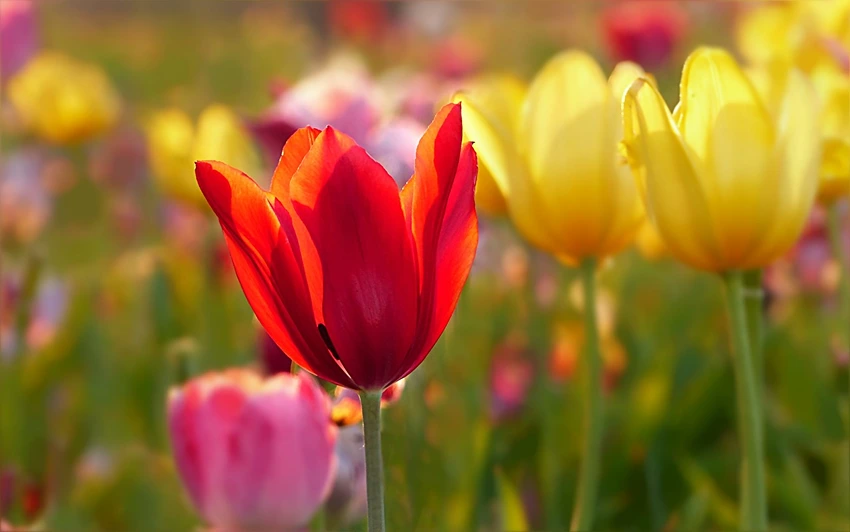
Lifting and Storing: A Deeper Dive
- Why Lift: In areas with wet summers or harsh winters, lifting protects bulbs from rot and freeze.
- Storage Conditions: Keep bulbs in a well-ventilated, dark place at 60-65°F (15-18°C).
Replanting: The Promise of Future Blooms
- Soil Prep: Choose well-draining soil. Tulips hate “wet feet.”
- Sunlight: Plant in a spot with full sun to partial shade. Tulips love the sun!
Buddleia Basics: Getting Started
Buddleia davidii, with its plump, nectar-rich flower spikes, is a fast-growing deciduous shrub that’s a favorite among butterflies. It’s easy to grow, but choosing the right type and location is key.
Types of Buddleias: A World of Choice
- ‘Black Night’: A tall variety with deep royal purple flowers.
- ‘Nanho Purple’: Compact, perfect for small gardens or patios.
- ‘Buzz Sky Blue’: Part of the compact Buzz series, ideal for containers.
Planting and Placement: Sun and Space
- Sunlight Needs: Buddleia thrives in sunny, open positions.
- Space Considerations: Allow room for its arching branches to spread.
Tables Packed with Buddleia Facts
| Variety | Height | Flower Color |
| Black Night | 3m | Royal Purple |
| Nanho Purple | Compact | Purple |
| Buzz Sky Blue | 1.2m | Blue Mauve |
Caring for Your Buddleia: Tips for a Thriving Bush
- Pruning: Cut back hard in early spring to encourage new growth.
- Watering: Regularly water new plants for about 18 months.
- Mulching: Apply a 5cm mulch in early spring to conserve moisture.
Pest Management: Keeping Your Buddleia Happy
- Common Pests: Capsid bug, figwort weevil, and earwigs.
- Natural Predators: Encourage these in your garden for pest control.
- Earwig Traps: Use inverted paper cups stuffed with straw.
FAQs: Buddleia Queries Answered
- When to Prune Buddleia? Early spring, to less than 90cm.
- When Does Buddleia Flower? From June until autumn.
- Is Buddleia Poisonous? No, it’s not poisonous.
- Does Buddleia Grow Quickly? Yes, it’s a fast-growing plant.
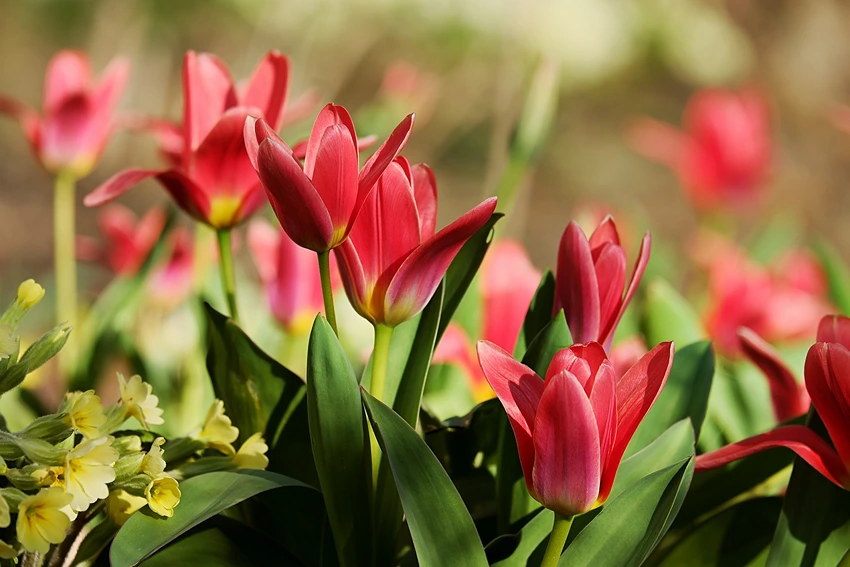
Wrapping Up Part 2
And there you have it! With these tips, your buddleia will be the talk of the town (and the delight of local butterflies). Remember, gardening is not just about the plants; it’s about the ecosystem we create and the joy it brings. Happy gardening!
Eleanor is the quintessential spirit of the British gardener — passionate, dedicated, and endlessly curious about the natural world. Born and raised amidst the verdant landscapes of the Cotswolds, she developed an early love for the outdoors, often spending hours in the family garden with her hands buried in the soil, nurturing every type of plant she could find.


